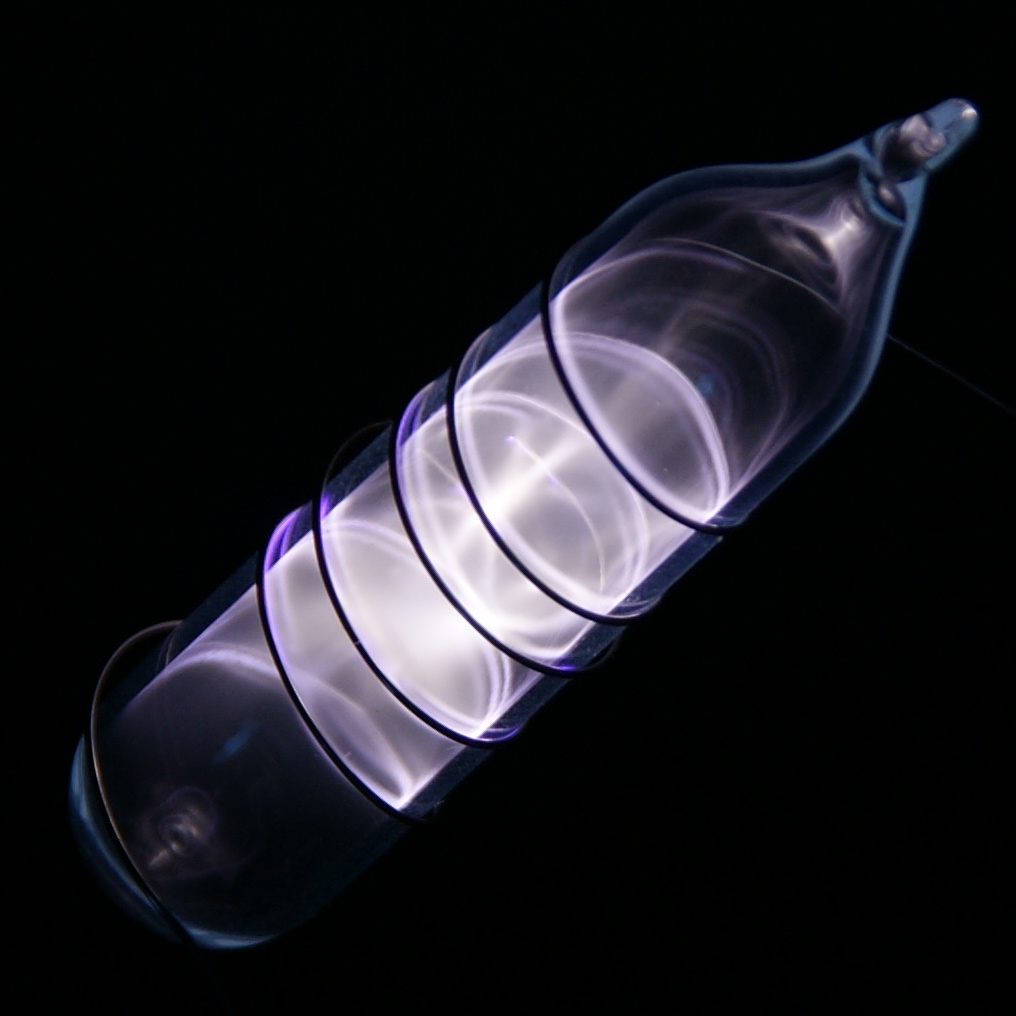Krypton
36
Kr
Group
18
Period
4
Block
p
Protons
Electrons
Neutrons
36
36
48
General Properties
Atomic Number
36
Atomic Weight
83.798
Mass Number
84
Category
Noble gases
Color
Colorless
Radioactive
No
From the Greek word kryptos, hidden
Crystal Structure
Face Centered Cubic
History
Scottish chemist Sir William Ramsay and his assistant English chemist Morris Travers discovered krypton in 1898 in London.
They found krypton in the residue left from evaporating nearly all components of liquid air.
William Ramsay was awarded the 1904 Nobel Prize in Chemistry for discovery of a series of noble gases, including krypton.
They found krypton in the residue left from evaporating nearly all components of liquid air.
William Ramsay was awarded the 1904 Nobel Prize in Chemistry for discovery of a series of noble gases, including krypton.
Electrons per shell
2, 8, 18, 8
Electron Configuration
[Ar] 3d10 4s2 4p6
When ionized, krypton gas emits bright white light
Physical Properties
Phase
Gas
Density
0.003733 g/cm3
Melting Point
115.79 K | -157.36 °C | -251.25 °F
Boiling Point
119.93 K | -153.22 °C | -243.8 °F
Heat of Fusion
1.64 kJ/mol
Heat of Vaporization
9.02 kJ/mol
Specific Heat Capacity
0.248 J/g·K
Abundance in Earth's crust
1.5×10-8%
Abundance in Universe
4×10-6%

CAS Number
7439-90-9
PubChem CID Number
5416
Atomic Properties
Atomic Radius
88 pm
Covalent Radius
116 pm
Electronegativity
3.00 (Pauling scale)
Ionization Potential
13.9996 eV
Atomic Volume
38.9 cm3/mol
Thermal Conductivity
0.0000949 W/cm·K
Oxidation States
2
Applications
Krypton is used in certain photographic flash lamps for high-speed photography.
Krypton-83 has application in magnetic resonance imaging (MRI) for imaging airways.
Krypton is used as a filling gas for energy-saving fluorescent lights and as an inert filling gas in incandescent bulbs.
Krypton-83 has application in magnetic resonance imaging (MRI) for imaging airways.
Krypton is used as a filling gas for energy-saving fluorescent lights and as an inert filling gas in incandescent bulbs.
Krypton is considered to be non-toxic
Isotopes
Stable Isotopes
78Kr, 80Kr, 82Kr, 83Kr, 84Kr, 86KrUnstable Isotopes
69Kr, 70Kr, 71Kr, 72Kr, 73Kr, 74Kr, 75Kr, 76Kr, 77Kr, 79Kr, 81Kr, 85Kr, 87Kr, 88Kr, 89Kr, 90Kr, 91Kr, 92Kr, 93Kr, 94Kr, 95Kr, 96Kr, 97Kr, 98Kr, 99Kr, 100Kr, 101Kr